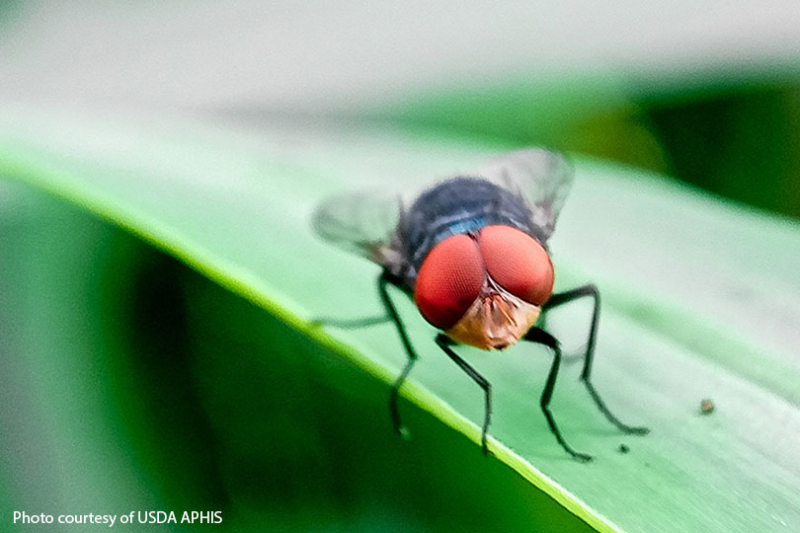By Julie Tomascik
Editor
A case of New World screwworm has been detected in an 8-month-old calf less than 70 miles from the U.S.-Mexico border, raising concerns as the outbreak moves closer to American livestock and wildlife.
Mexico’s National Service of Agro-Alimentary Health, Safety, and Quality confirmed the case on Sunday, Sept. 21, in Sabinas Hidalgo, Nuevo Leon, along a major highway that connects Monterrey to Laredo, one of the busiest commercial corridors in the world.
The U.S. Department of Agriculture (USDA) said this is the northernmost detection since the outbreak began. The previous closest case was reported in July in Veracruz, about 370 miles south of the border.
“This is a national security priority,” U.S. Secretary of Agriculture Brooke Rollins said. “American ranchers and families should know that we will not rely on Mexico to defend our industry, our food supply or our way of life. We are firmly executing our five-pronged plan and will take decisive action to protect our borders, even in the absence of cooperation.”
That strategy, announced in July, includes building a sterile fly dispersal facility in the Rio Grande Valley and increasing the number of tick riders who patrol the border.
USDA also committed $750 million to a new sterile insect production facility in the Valley and $100 million to new technologies, such as advanced traps, lures and sterilization methods. The department plans to expand surveillance and training for ranchers, veterinarians and border personnel.
“This detection is a stark reminder of how quickly New World screwworm can spread and how devastating it would be for Texas livestock,” said Tracy Tomascik, Texas Farm Bureau associate director of Commodity and Regulatory Activities. “Ranchers are vigilant, but they need continued support and resources to protect their herds. Keeping screwworm out of the U.S. is critical to safeguarding animal health and the livelihoods of farm and ranch families.”
Sterile flies are the only proven method of eradicating the New World screwworm, and USDA said it is analyzing the latest detection in Nuevo León to determine where releases may be necessary.
The infected calf had been transported to a certified feedlot in Nuevo León from a region in southern Mexico already battling screwworm outbreaks. USDA noted the case highlights the need for Mexico to fully implement and comply with the U.S.–Mexico Joint Action Plan for screwworm control.
Livestock imports from Mexico remain suspended, a move contributing to higher U.S. cattle and beef prices.
USDA also said it will soon release “a significant plan to help rebuild the American cattle supply, incentivizing our great ranchers and driving a full-scale revitalization of the American beef industry.”
New World screwworm, a flesh-eating parasite that attacks warm-blooded animals and can be fatal if untreated, poses a significant danger to U.S. livestock and wildlife.


Leave A Comment